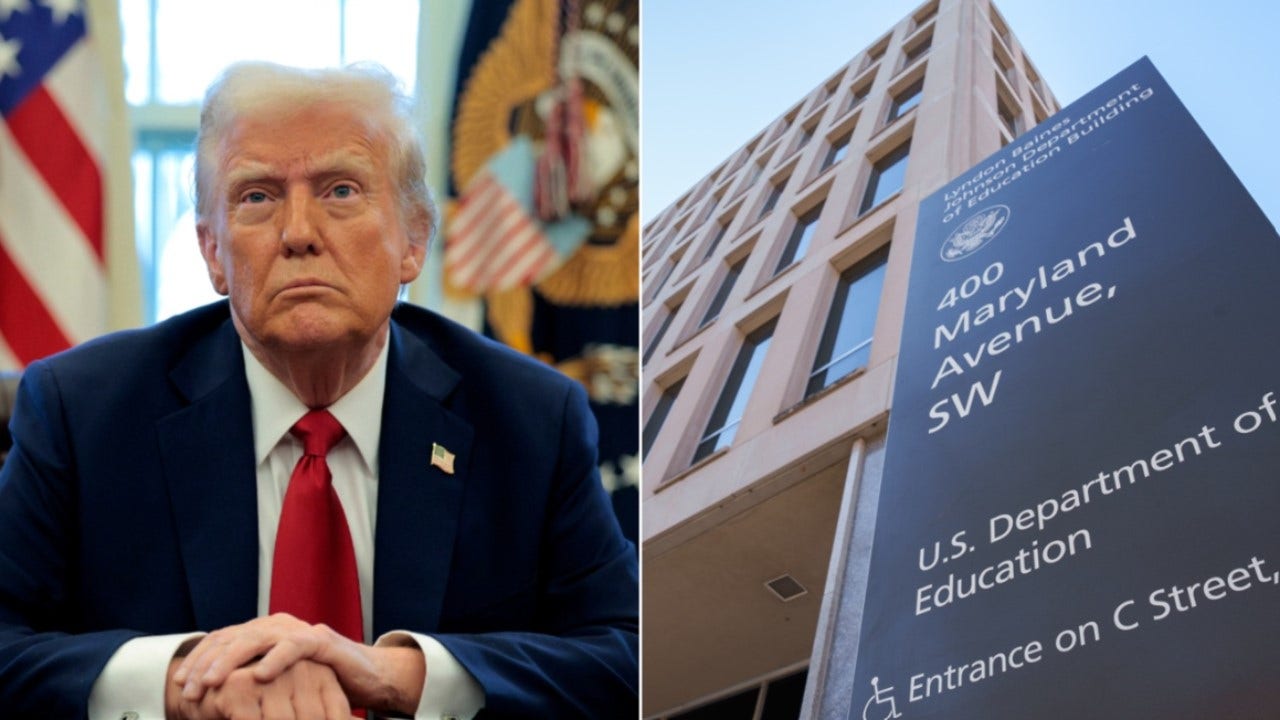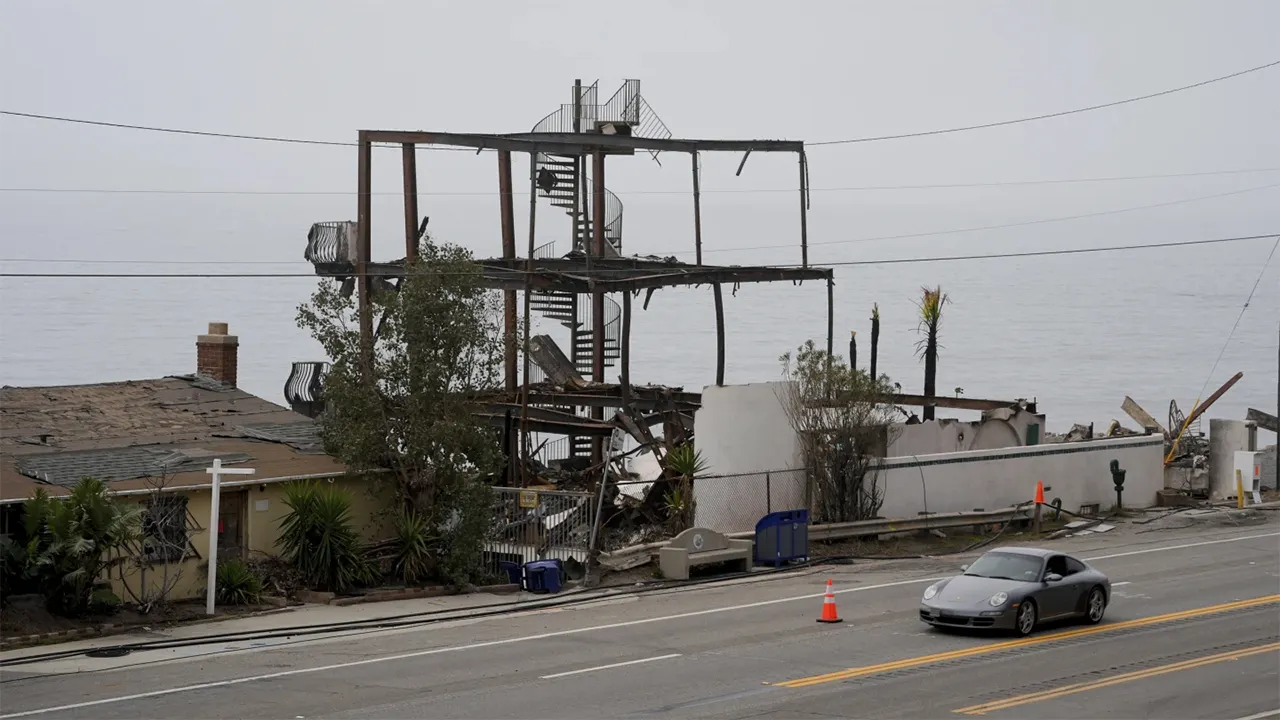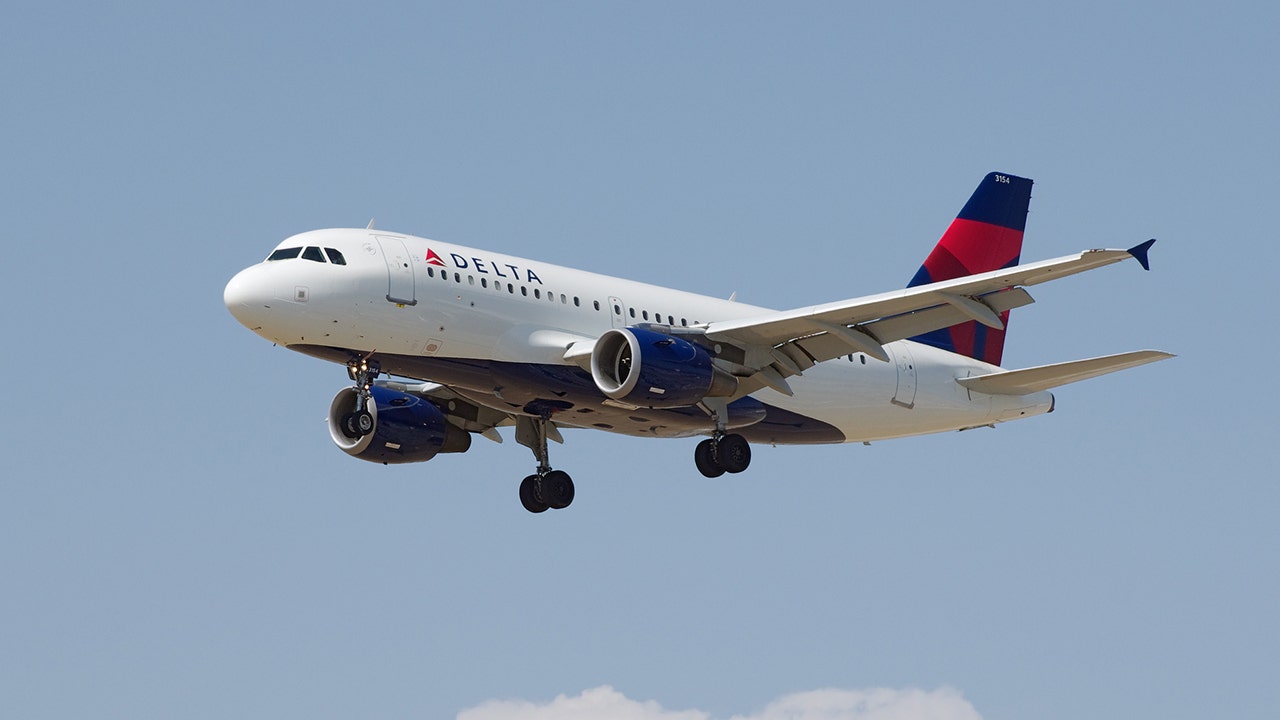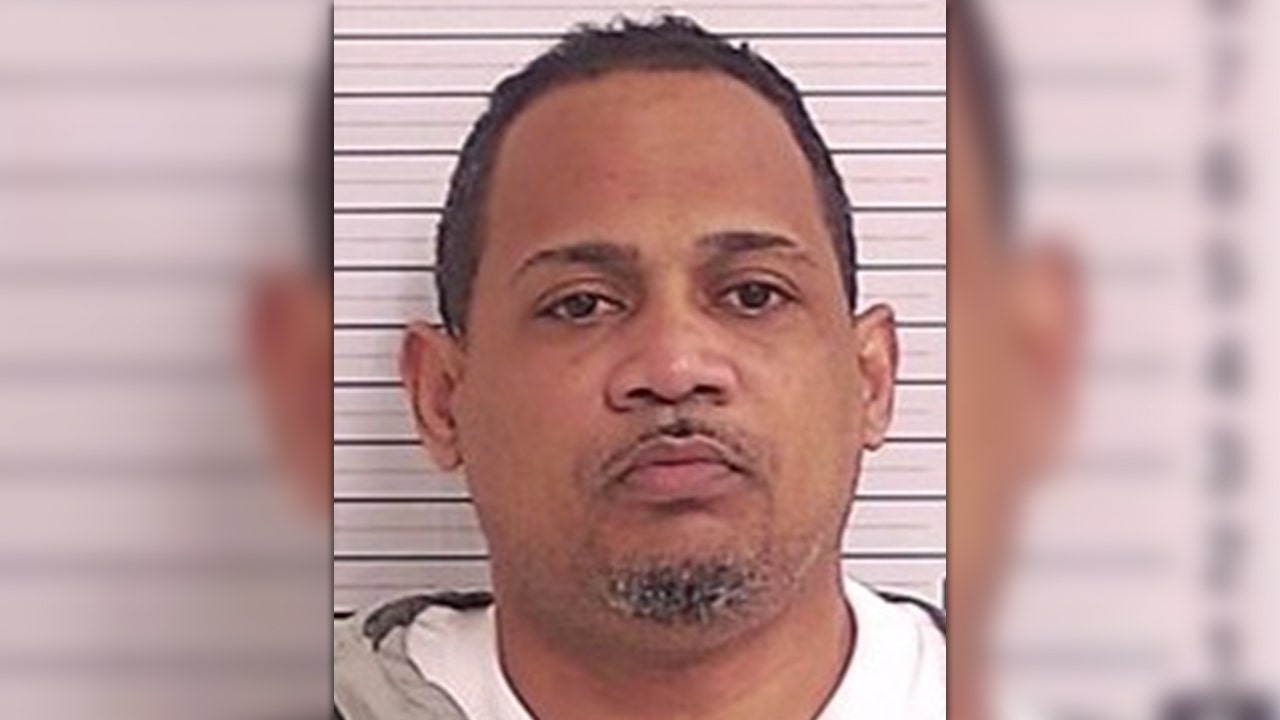President Donald Trump lashed out at Canada for making it impossible for US banks to “do business there” — before moving to cool fears of a trade war with America’s northern neighbor.
“Canada doesn’t even allow US banks to open or do business there. What’s that all about?” the commander-in-chief wrote on his social media platform, Truth Social.
However, there is no law in Canada that bans US lenders from operating in the country.
Sources briefed on the matter said he was singling out Ottawa’s tougher approach to regulating its banking and financial sector.
A White House spokesperson referred The Post back to the president’s remarks when asked to clarify them.
Hours after the Truth Social post, Trump agreed to delay plans for a 25% tariff on Canadian products and a 10% levy on Canadian energy by 30 days, hinting at a possible deal to end the row.
Trump had argued that the move was justified because Canada’s left-wing prime minister Justin Trudeau failed to tackle illegal immigration, drug smuggling, and the trade deficit between the two countries.
US banks make up half of all foreign banking assets in Canada, according to the Canadian Banking Association.
The group, an association that defends the interests of banks and financial institutions north of the border, said American lenders control around $113 billion in assets.
For example, Wall Street titan JPMorgan employs 600 people in Canada, according to its website, across four major cities including Toronto, Vancouver, Calgary and Montreal.
The Jamie Dimon-led lender says it has operated in the country for more than a century. Citibank, Bank of America and Wells Fargo also have a presence in Canada
US banks are allowed to operate in Canada under the 1991 Bank Act, which gives foreign lenders the choice of operating under two categories.
Foreign lenders can apply to become a so-called “Schedule II” bank by creating a domestic Canadian subsidiary that can do business and legally accept deposits.
JPMorgan and Citi both appear on this list.
These banks are treated in the same way as Canada’s Big Six, which include TD Bank and The Royal Bank of Canada.
They are policed by Canada’s powerful banking watchdog, the Office of the Superintendent of Financial Institutions or OSFI.
OSFI places tough capital requirements on these companies so they can weather any future economic storms, with the rules being more onerous than those demanded by the Federal Reserve.
Canada’s top financial cop demands that Big Six and Schedule II banks hold an emergency buffer, known as a common equity tier 1 ratio, that effectively stands at 11.5%.
This key measurement helps determine a bank’s ability to withstand financial distress by comparing its core capital on its balance sheet with its risk-based assets.
The minimum set by the Fed in the US is 4.5%, although in practice big American banks are asked to hold far more on their balance sheets to see out downturns such as the recent coronavirus pandemic.
“(This set of rules) necessitates that the Canadian banking system maintains liquidity and helps to explain why Canada didn’t see any bank failures during these major global crises,” said Jie Zhang, a banking expert and a professor of finance at Trent School of Business in Ontario, Canada.
“We saw this happen quite a bit in the US where regulation of capital ratio is quite low and the banking industry has many small community banks,” he added.
There have been 564 bank failures in the US since 2001, while over the same period, Canada had none, according to a 2023 research paper by investment firm Fidelity.
US lenders can also operate in Canada under what is known as Schedule III rules. American banks listed under Schedule III include Bank of America and Wells Fargo.
They do not take deposits and are mostly used for wealth management and corporate services, according to Laurence Booth, a finance professor with the Rotman School of Management at the University of Toronto.
“There’s actually nothing to stop an American bank operating in Canada as a separate subsidiary under Schedule II of the Bank Act,” Booth said.
“And in fact, at one point, the (Canadian) central bank and the Department of Finance particularly were actively encouraging US banks to come into Canada to inject more competition into the Canadian banking market,” he added.
Read the full article here















